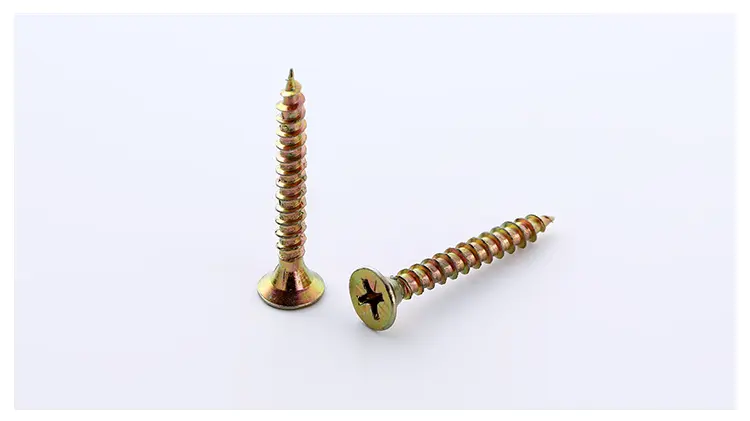Dimensions of High-Quality 3/8 Flat Washers for Optimal Performance and Fit
Understanding High-Quality 3/8 Flat Washer Dimensions
Flat washers are everyday components that play a crucial role in various mechanical and construction applications. Among the range of flat washers available, the 3/8 flat washer stands out due to its ubiquity in numerous settings. This article delves into the dimensions and significance of high-quality 3/8 flat washers, ensuring that both professionals and DIY enthusiasts comprehend their value.
Specifications of 3/8 Flat Washers
The dimensions of a 3/8 flat washer are primarily defined by its inner diameter, outer diameter, and thickness. Specifically, a standard 3/8 flat washer typically features
- Inner Diameter (ID) 0.406 inches (approximately 10.3 mm) - Outer Diameter (OD) 0.840 inches (approximately 21.3 mm) - Thickness This can vary depending on the washer's grade but usually ranges from 0.047 to 0.075 inches (1.19 to 1.91 mm).
These dimensions may vary slightly based on the specific standards followed, such as ANSI or ASTM, but these figures provide a reliable baseline for understanding the overall size and compatibility of a 3/8 flat washer.
Materials and Finishes
High-quality flat washers are made from a variety of materials, most commonly steel, stainless steel, and sometimes non-metallic materials.
1. Steel Washers Often galvanized or coated to prevent rust, steel washers provide excellent load distribution and support in mechanical applications.
2. Stainless Steel Washers These are more resistant to corrosion and are ideal for applications exposed to moisture or harsh environments.
3. Non-Metallic Washers In specific applications, materials like nylon or rubber are used, especially where electrical insulation or anti-vibration properties are required.
Selecting the right material is essential depending on the application's environment, as it directly affects longevity and performance.
high quality 3 8 flat washer dimensions

Importance of Flat Washers in Applications
The primary purpose of a flat washer is to distribute the load of a fastener, typically a bolt or screw. By doing so, washers prevent damage to the surface of the material being fastened, promoting stability and integrity in a joint. A 3/8 flat washer is particularly effective in
- Reducing Surface Pressure By spreading out the load, washers minimize the risk of material failure. This is crucial in situations where components may experience high stress.
- Preventing Loosening Washers can help prevent the loosening of fasteners over time. When a bolt is tightened, heat and vibration can cause it to loosen. A flat washer assists in maintaining the joint's integrity.
- Compensation for Surface Irregularities Washers can help compensate for imperfectly flat surfaces, ensuring a more secure fit.
Choosing the Right Washer
When selecting high-quality 3/8 flat washers, consider the following factors
1. Application Determine the specific needs of your project – whether it involves machinery, woodworking, or construction. 2. Load Requirements Understand the amount of weight and pressure the washer must handle to choose the right thickness and material.
3. Environmental Conditions Assess exposure to moisture, chemicals, or extreme temperatures to select a material that will not degrade over time.
4. Standards Compliance If your project requires specific industry standards, ensure that the washers meet these criteria.
Conclusion
In summary, high-quality 3/8 flat washers are fundamental components that contribute significantly to the stability and longevity of many mechanical and construction applications. Understanding their dimensions and specifications helps ensure the correct selection and application. Whether you are a professional seeking reliable components for your work or a DIY enthusiast embarking on a project, recognizing the importance of these washers can lead to better outcomes and enhanced project integrity. Ultimately, investing in quality flat washers will pay off through the increased reliability and safety of your assembled structures.
-
Top Choices for Plasterboard FixingNewsDec.26,2024
-
The Versatility of Specialty WashersNewsDec.26,2024
-
Secure Your ProjectsNewsDec.26,2024
-
Essential Screws for Chipboard Flooring ProjectsNewsDec.26,2024
-
Choosing the Right Drywall ScrewsNewsDec.26,2024
-
Black Phosphate Screws for Superior PerformanceNewsDec.26,2024
-
The Versatile Choice of Nylon Flat Washers for Your NeedsNewsDec.18,2024










